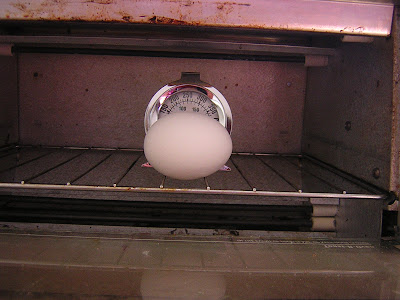
Los Alamos is a world famous city. Atomic bomb Atomic bomb. But we're so much more than that, and the perceived paradigm is shifting. Why, my favorite soap opera couple on the Young and the Restless got married in Los Alamos, portrayed as a Texas cowboy town on the show (their plane had to make an emergency landing at the Los Alamos airport due to bad weather).
I can tell you, not many Texan cowboy types here. And I work with computer models to better understand HIV and the immune system, not bombs. The division I work in focuses on science that helps people. I don't know a single person who voted for Bush in my building. I can't vouch for people outside my building though.
Develop your own view of Los Alamos, come here and hike.


We have beautiful aspen and pine trees. Aspen are not individual trees. They share a common root system that shoots up new trees when the old ones die. An aspen grove grows and can cover more ground each year.

In the winter, you can ski or snowshoe.
I have big plans for future blog entries. I like hiking, but I grew up in a city and was never a girl scout. I know almost nothing about geology, flowers, or local birds. My preferred way to learn is to hike with knowledgeable people who can show me these things. Soon, I will highlight the volcanic influence on the landscape here, and also include some flowers and their names. Come visit me.








